Companion Gardening
What Is Companion Gardening?
Some plants make good neighbors; other’s not so much. By doing a little extra research and planning before planting, you can have a healthier and more productive garden without needing to rely on as many chemical pesticides and fertilizer. This article will give you a few helpful tips on what plants play nicely together.

First Steps
The first and most important step before planning your garden is to consider how much sunlight your garden gets. Many fruits and vegetables need full sun to produce a crop. You may be wondering, “How much sun is truly full sun?” That’s a great question. Full sun is generally anywhere from 6 to 12 hours of direct sun. Any area of your garden that gets less than 6 hours of sun a day would be considered partial shade. If the area only gets dappled light or no direct sunshine at all, that’s a full shade area. There are good options for herbs and vegetables for all levels of sunlight, but it’s important to know what a plant’s requirements are before deciding how to arrange your garden. Take some time to observe how the sun comes into your yard, what time of day light is most intense, and what areas receive more shade.
Another important thing to consider is watering. Container gardens and raised beds will require more regular watering than plants directly in the ground, so think about how you’re going to water.
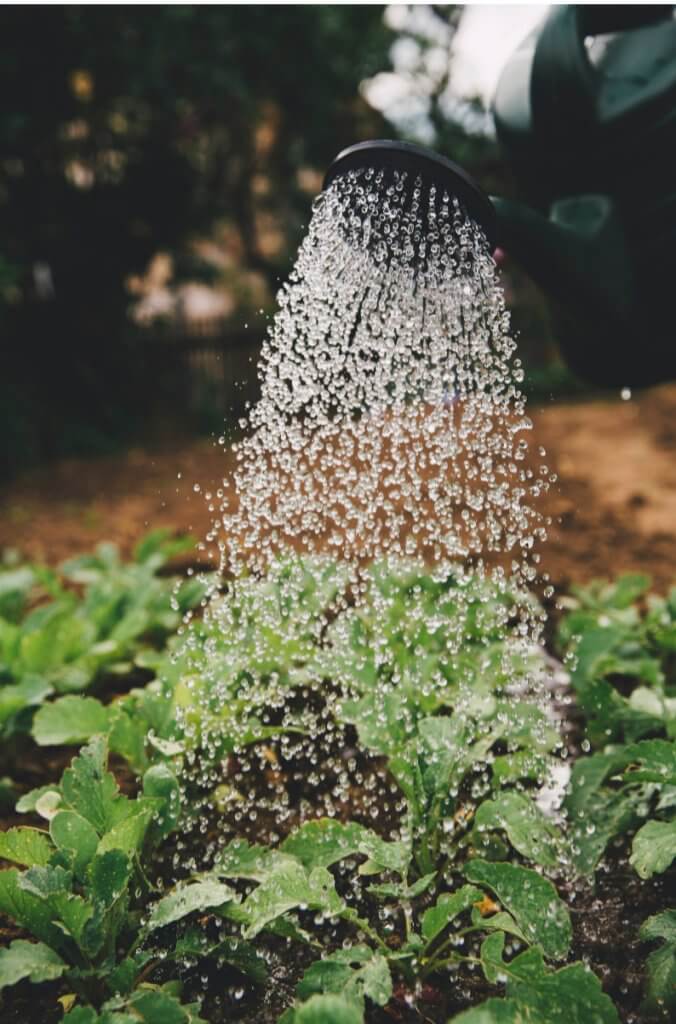
We’d hate for you to have to lug that heavy watering can across your yard in the hot July sun because your watering hose won’t reach. Most plants prefer rain water over city or well water, so if you have the space it may be worth looking into purchasing a rain barrel for your garden.
Now that you’ve figured out your sunlight and watering, let’s talk about plants. Because your vegetables ideally need 8-10 hours of direct sunlight, it’s best to plant away from the house or tall trees and shrubs that throw shade. Some plants, such as collards, spinach, kale, lettuce, and carrots are more shade tolerant, but will still perform best with a few hours of direct sunlight. As a rule of thumb, plants harvested for their leaves, edible stems, or roots will be more tolerant of partial shade. Plants that flower and produce a fruit such as eggplant, tomatoes, squash, and peppers require full sun.
What To Plant
Like we mentioned at the beginning, some plants do not make good neighbors. Cabbages, peppers, corns, and other plants require a lot of nitrogen to keep growing; beans help fix nitrogen in the soil so planting certain kinds of beans with your squash and corn can help with that. On the other hand certain combinations of plants will cause stunted growth and should be avoided. In the chart below you’ll find some examples of good and bad neighbors.
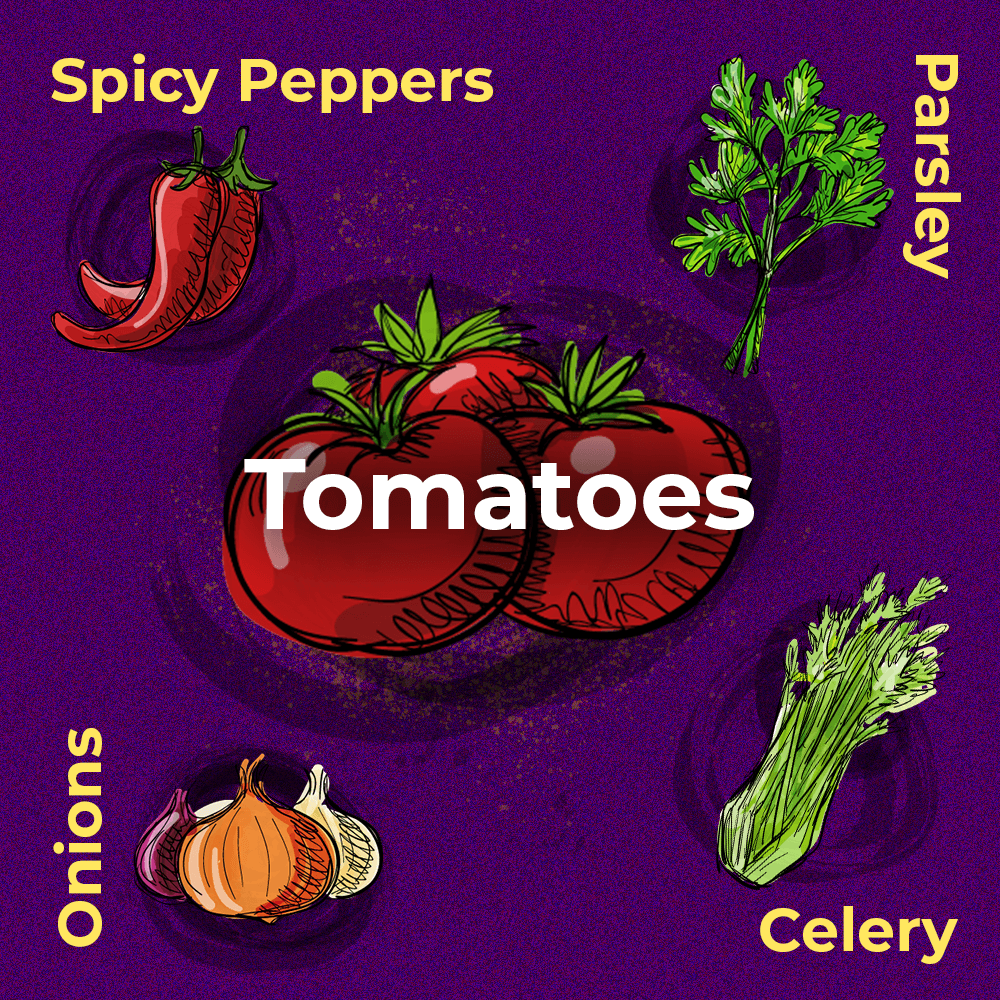

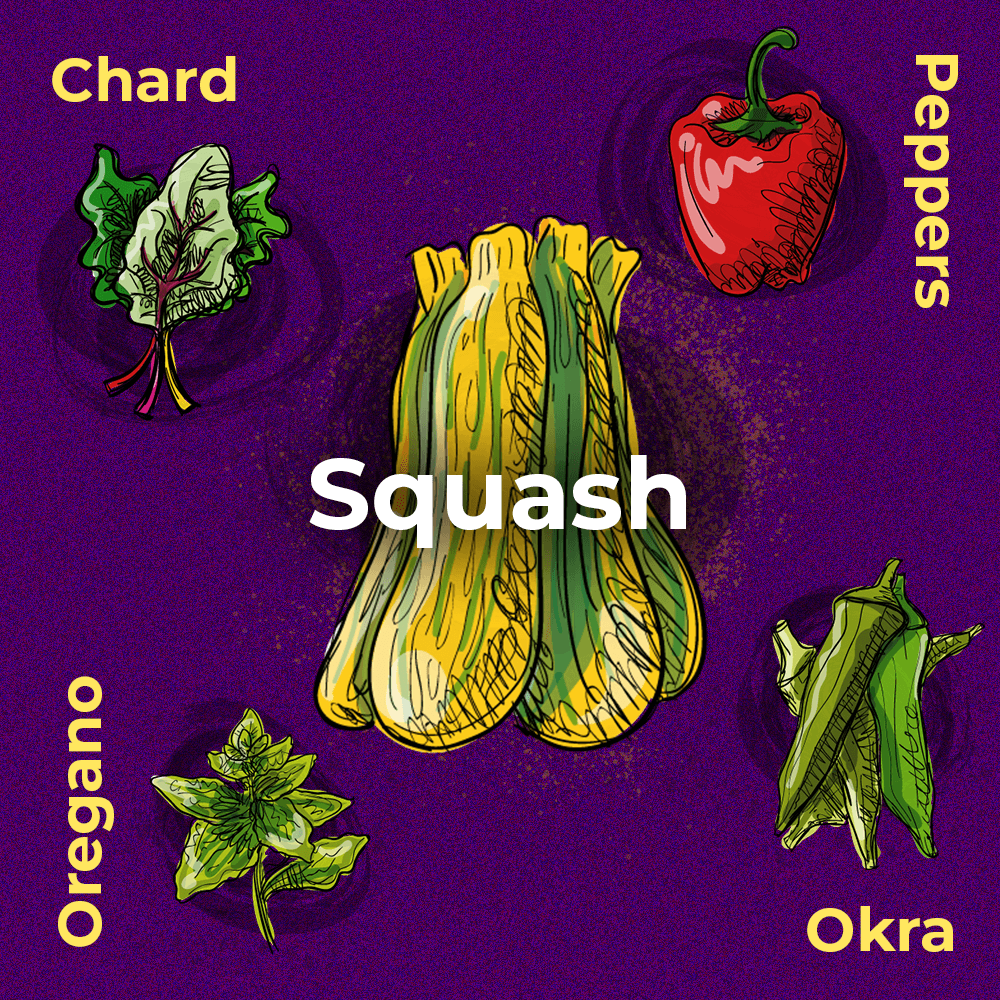
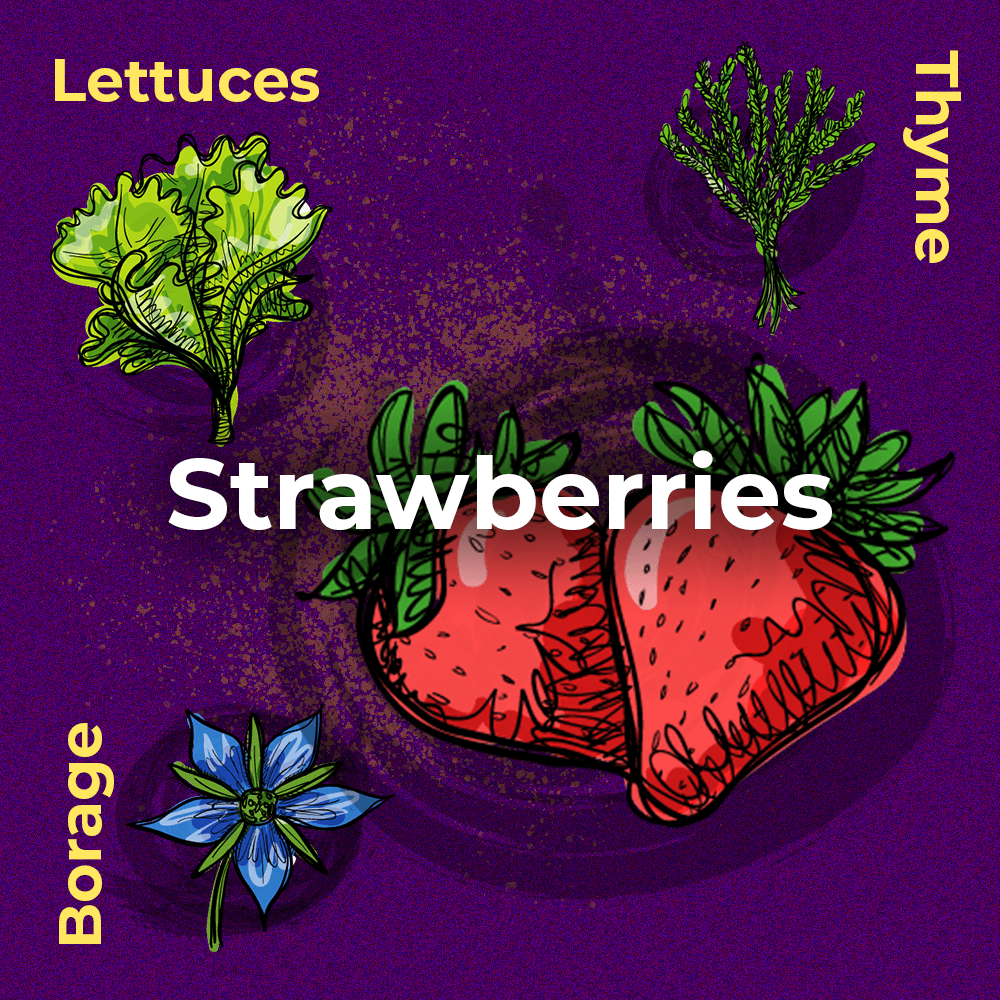
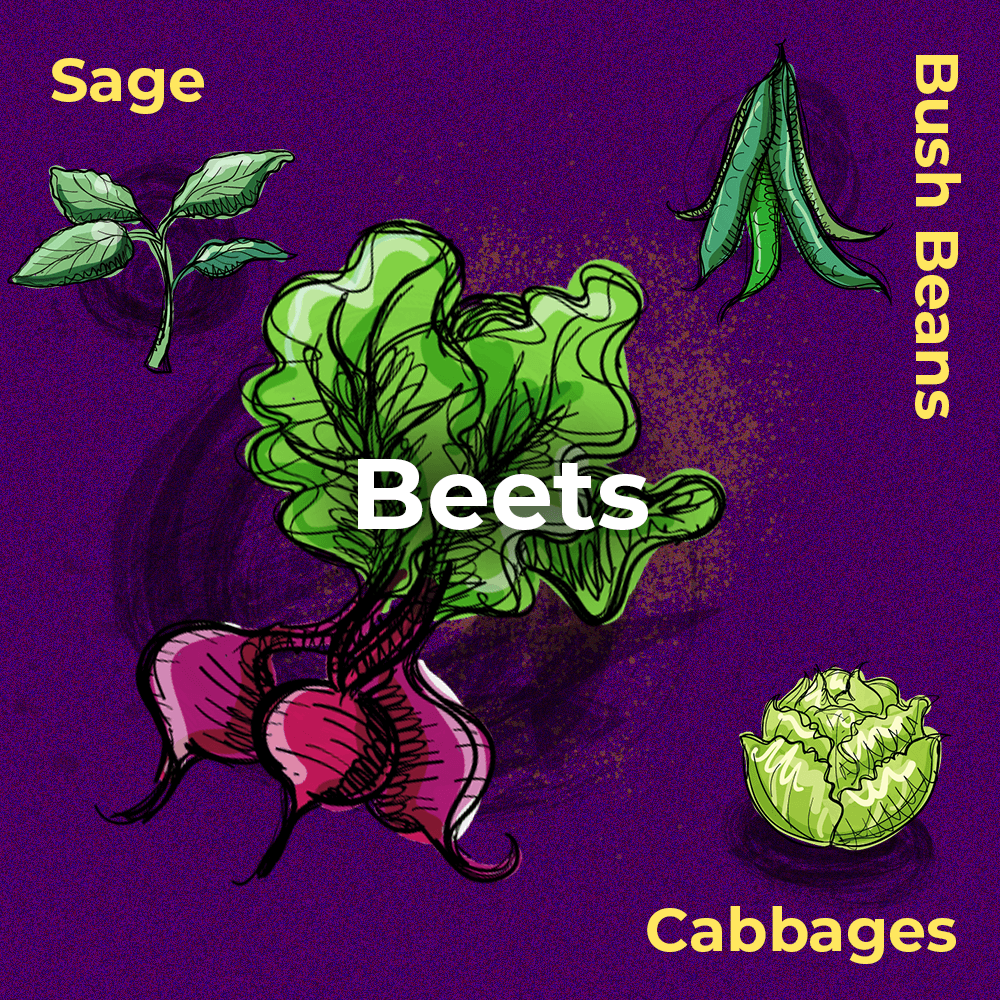
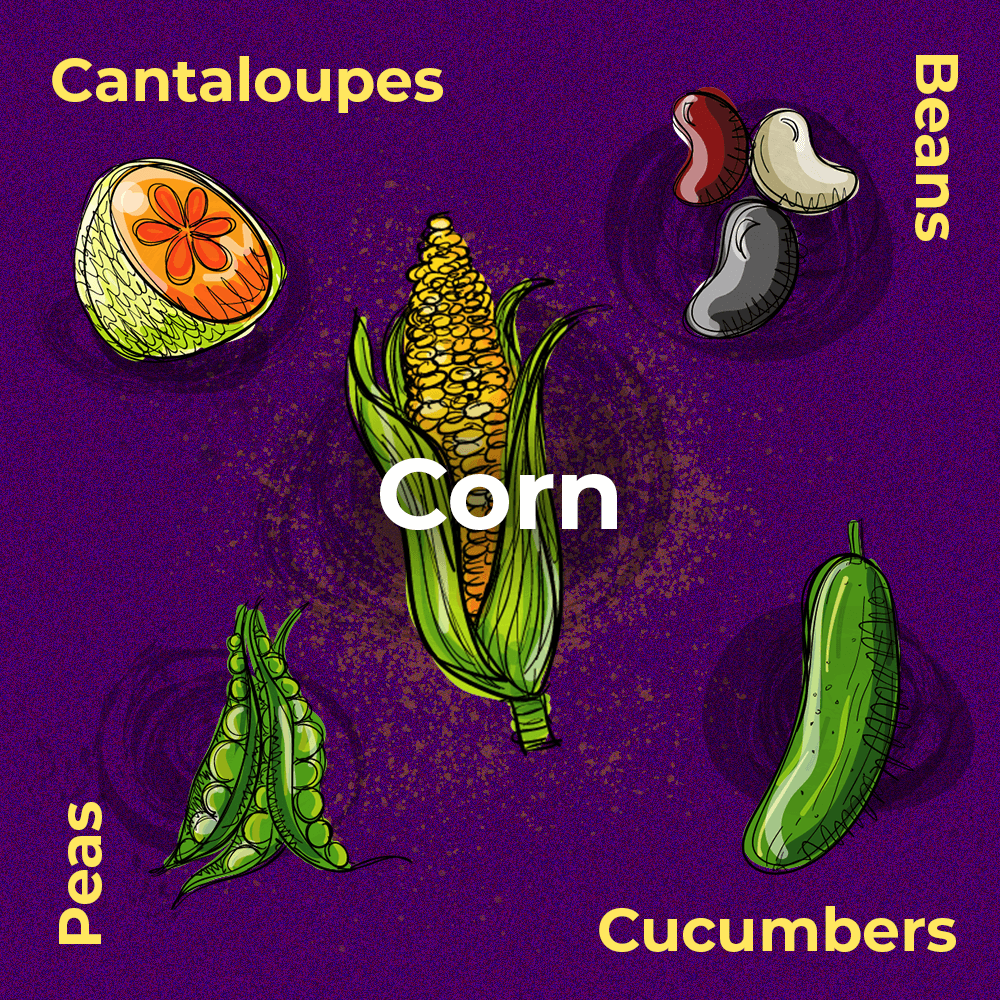
Planting ornamental flowers amongst your vegetables will draw in pollinators, which is great for the bees and may mean more produce for you. Marigolds are a classic companion plant for vegetable gardens. Bee balm (Monarda) is a lovely scented perennial that’s available in many colors and is great for bees. Certain varieties are native to the Eastern United States, so why not add a few to your garden? Milkweed (Asclepias) are an important food source of native bees and Monarch butterflies. Planting Goldenrod (Solidago) will attract finches and pine siskin to your garden, which may help with pest control. Adding flowering annuals to your vegetable garden is a great way to make your garden even more beautiful for your enjoyment and that of the little creatures around us.
Bad Neighbors
Some plants make bad neighbors and should not be planted together. Planting too many vining vegetables, like squash and watermelon, in the same garden bed will lead to a tangled mess.

Some plants have large root systems and will compete for nutrients with nearby companions. Or if one plant is too large and bushy it can block out the sun from a lower growing plant. Here are a few examples of bad neighbors:
- Cabbage and tomatoes
- Beans and any kind of Allium (chives, onions, garlic, etc)
- Dill and carrots
- Tomatoes and corn, fennel, cauliflower
- Sweet Basil and rue
- Cucumbers and sage
- Hot peppers and any kind of Brassica (cabbage, kale, Brussels sprouts, etc)
- Mint and parsley
- Squash and sweet potatoes
We hope that this information will help you to be excited about all the possibilities you have for your garden. With a little planning you can have a productive, healthy garden. Happy planting!
Tips for Success
- Borage is one of the best companion plants for strawberries; it helps produce more flavorful, juicer berries
- Marigold roots contain a compound called Thiophene which is known to kill harmful nematodes in the soil
- Nasturtiums help repel cucumber beetles when planted near a crop of cucumbers
- Members of the Allium family (onions, chives, garlic, etc) repel flies and beetles due to their strong scent




